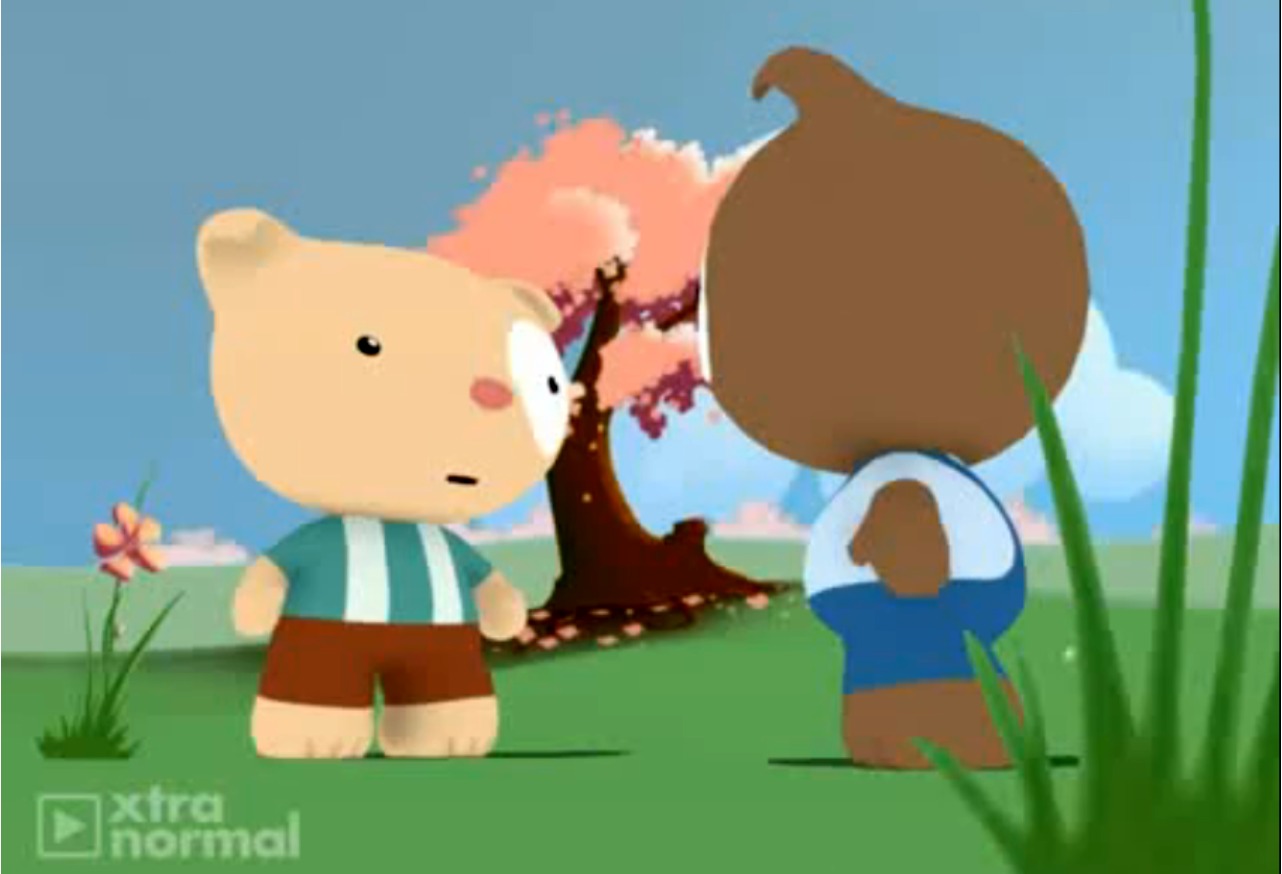Use 3d animation to make a movie
Create a short 3D animated movie using beginner-friendly software, model simple characters and scenes, animate movements, add sound, and export it.



Step-by-step guide to create a short 3D animated movie
How to Create 3D Kids AI Animation Videos in One Prompt!
Step 1
Open your chosen beginner-friendly 3D animation program.
Step 2
Start a new project file so you have a fresh place to work.
Step 3
Save the project with a fun name in a folder you can find later.
Step 4
Draw a simple sketch of your character and one place they will act.
Step 5
Create the ground or background using one or two basic shapes.
Step 6
Build your character by adding and resizing basic shapes like spheres and cylinders.
Step 7
Parent or join the character parts so they move together as one object.
Step 8
Add a simple armature or auto-rig to your character so you can pose it.
Step 9
Move the timeline to frame 1 and set your character’s first pose then insert a keyframe.
Step 10
Move the timeline to a later frame and set a new pose then insert another keyframe to make movement happen.
Step 11
Add a camera and position it so your character fills the screen nicely.
Step 12
Record or import a short sound or music clip and place it on the program’s timeline.
Step 13
Preview the animation and tweak poses timing and sound until it looks and sounds good.
Step 14
Render or export your movie to a standard video file like MP4.
Step 15
Share your finished 3D animated movie on DIY.org
Final steps
You're almost there! Complete all the steps, bring your creation to life, post it, and conquer the challenge!


Help!?
What can we use if we can't get the suggested 3D animation program or an auto-rig tool?
Use free Blender as your 'chosen beginner-friendly 3D animation program' and substitute Mixamo or Blender's Rigify for 'Add a simple armature or auto-rig', and grab free music from sites like FreeSound instead of recording.
Why does my character not move when I change poses, and how do I fix it?
If the character stays still after you 'Move the timeline' and insert keyframes, check that you've 'Parent or join the character parts' so the mesh follows the armature, then select the armature, pose it, and insert keyframes on the same frames used for your poses.
How can I adapt this activity for younger children or older kids?
For younger kids, simplify by using just a few 'basic shapes' for the ground and character, one camera and two keyframes, while older kids can add detailed modeling, extra keyframes, camera moves, and sound editing from 'Record or import a short sound'.
What are quick ways to enhance or personalize the finished movie?
Personalize your film by texturing the shapes, adding lighting and camera moves before you 'Preview the animation', refine timing and sound, then 'Render or export your movie' with a custom title and share on DIY.org.
Watch videos on how to create a short 3D animated movie
How to Make 3D Animation MOVIE with AI 🤖
Facts about 3D animation for kids
🎬 A 1-minute animation at 24 frames per second needs about 1,440 frames — that's a lot of tiny movie moments!
🎧 Adding music and sound effects makes scenes feel alive — a single well-timed sound can totally change a moment's emotion.
🧩 Blender is free and open-source, yet powerful enough that indie filmmakers and some studios use it for real productions.
🚀 Keyframes are like story milestones: animators set a few key poses and the software fills in smooth motion between them.
🖥️ Low-poly characters (made from simple shapes) render much faster, so beginners can preview scenes quickly on home computers.
How do I make a short 3D animated movie with my child?
What materials and software do we need to create a simple 3D animation?
What ages is making a 3D animated movie suitable for?
What are the benefits of creating a short 3D animated movie with kids?


One subscription, many ways to play and learn.
Only $6.99 after trial. No credit card required



